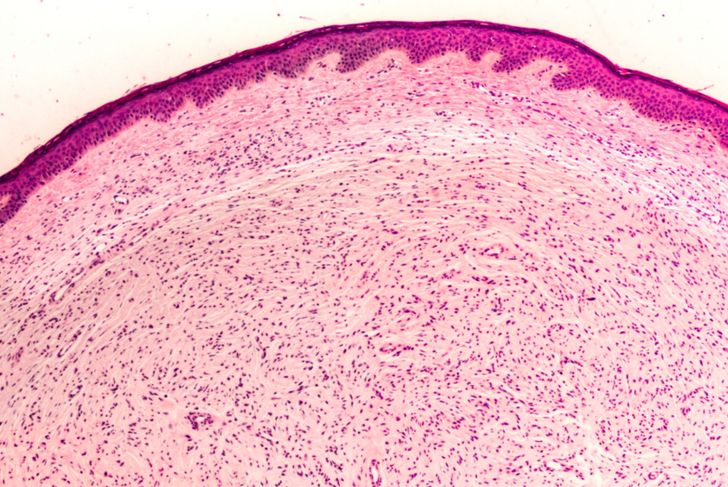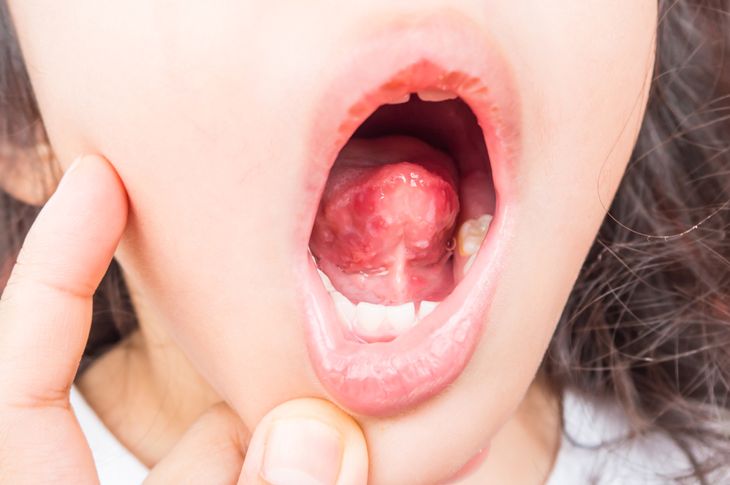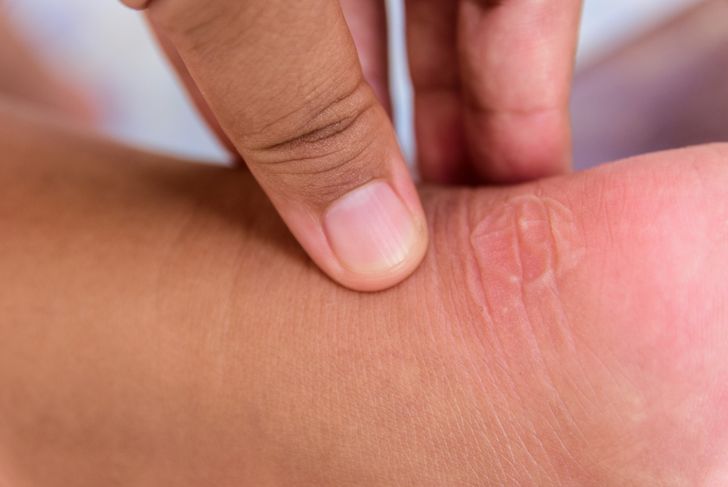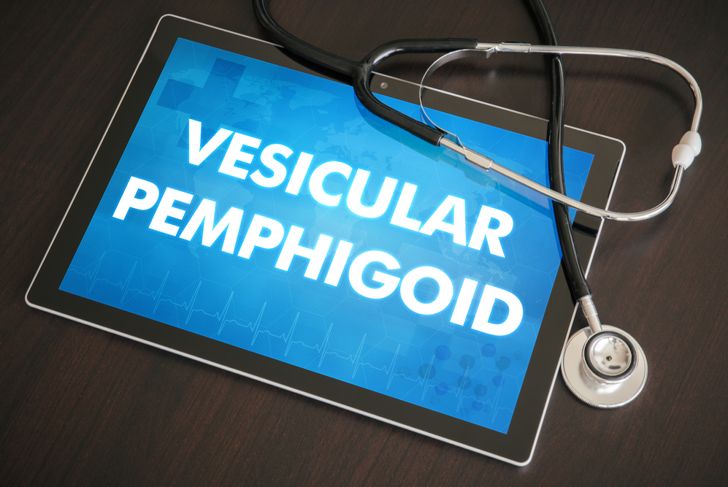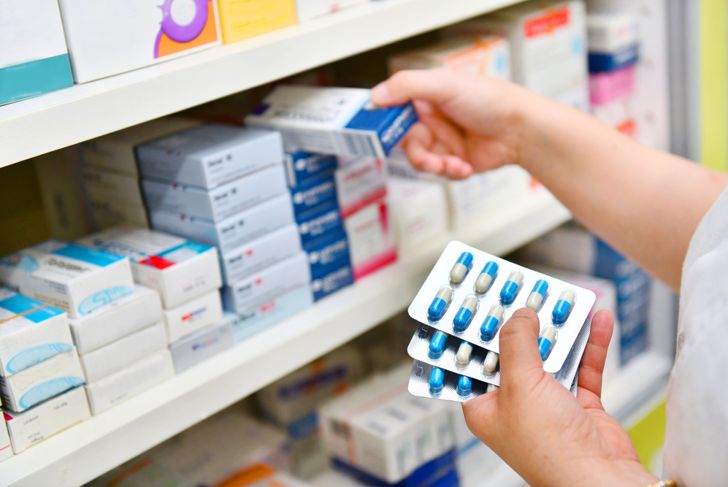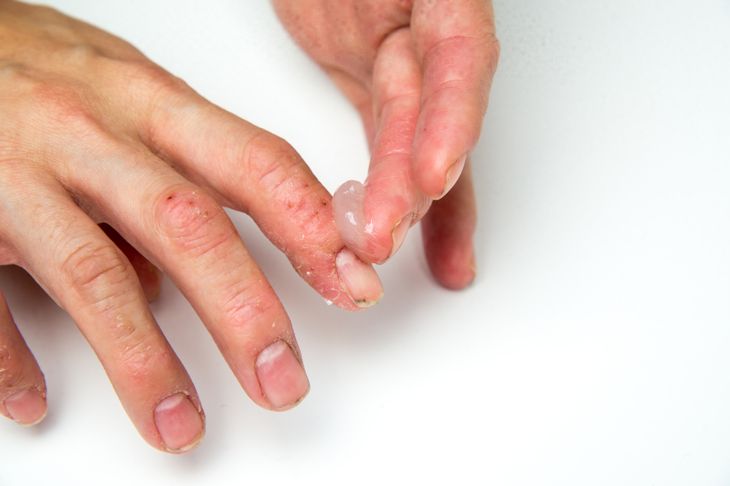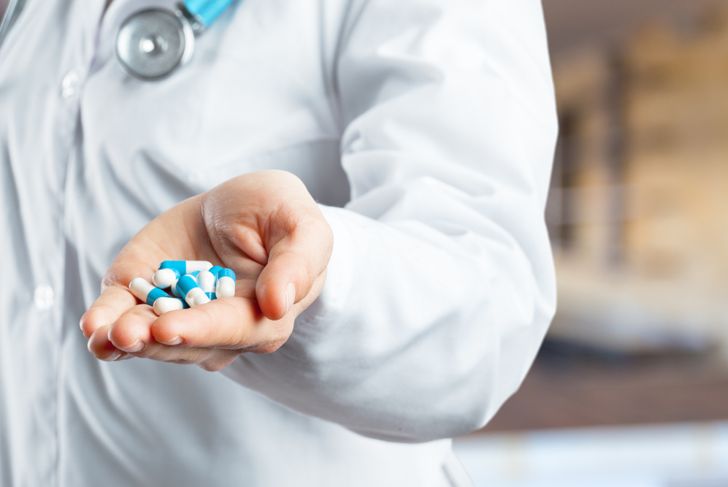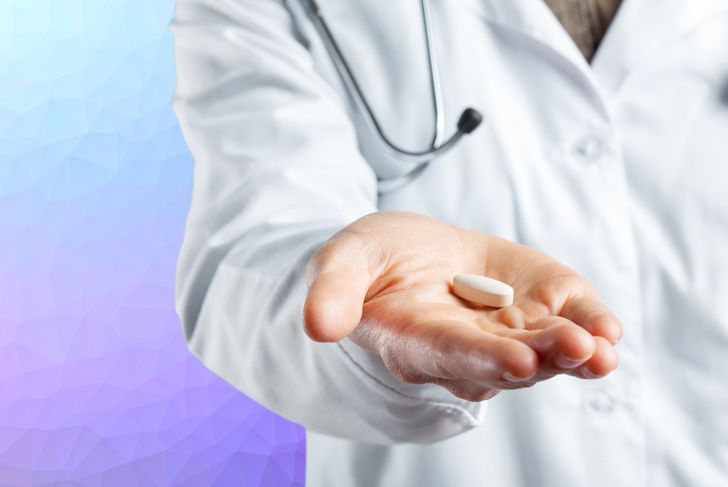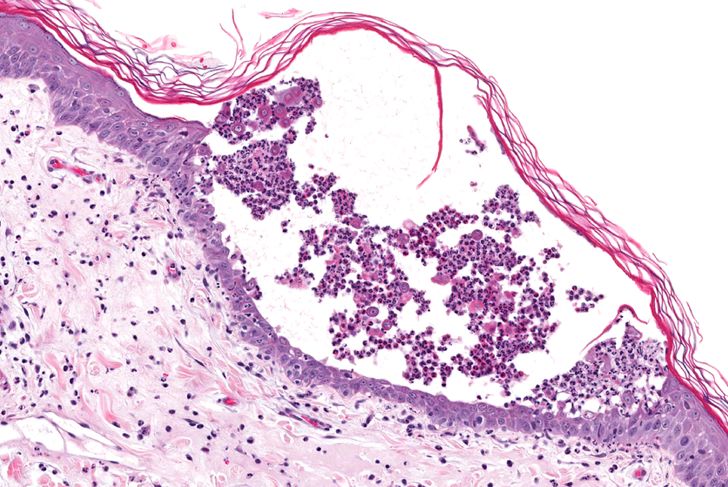Bulbous Pemphigoid, also known as simply Pemphigoid, is a rare skin condition that causes large, fluid-filled blisters on the skin. The blisters develop on areas of skin that often flex, including the lower abdomen, upper thighs or armpits. These areas tend to accumulate moisture more than other parts of the sin, making them more susceptible to the blisters.While these blisters may resemble other conditions, it’s important to receive a proper diagnosis. Bullous pemphigoid can be life-threatening, especially for older people who are already in poor health. If you have symptoms or conditions like these below, contact your primary physician.
What is Pemphigoid
Bullous pemphigoid occurs when your immune system attacks a thin layer of tissue below your outer layer of skin. The reason for this abnormal immune response is unknown, although it sometimes can be triggered by taking certain medications. While most blisters are filled with clear fluid, some contain blood. The skin surrounding the blisters typically appears darker and more reddened than in other areas. The condition can also cause a hive-like rash or eczema.Bullous pemphigoid produces large blisters and skin rashes on the abdomen, arms, legs, and in some cases, the mucous membranes. Some blisters appear in the folds of skin like the inner side of the knees, elbows, and shoulders. Usually, the blisters will not rupture upon contact.
Who is Likely to Contract Pemphigoid?
Although bulbous pemphigoid is rare, it tends to occur more often in older individuals, over 60. The risk of contracting this condition increases as you age, and is thought to be linked to a lower functioning immune system. Your body’s immune system may produce antibodies that trigger the inflammation that causes bullous pemphigoid blisters.Those with an already compromised immune system, whether from a pre-existing condition or as a side effect of some medications. If you know that you have a lower functioning immune system, or if you begin a medicine regimen that affects your immune function, consult about risk factors with your doctor and pay close attention to your skin.
Primary Pemphigoid Symptoms
One of the most common signs – and the earliest – is the appearance of blister-like sores in the mouth. These may resemble fever blisters or cold sores. They spread to other parts of the body’s mucous membranes, including the throat and genital areas.The sores may come and go, and while painful, don’t generally itch or cause scarring. They will produce a thick, crumbly crust and oozing blisters. The fluid and blisters cause the skin to separate, causing the blisters to grow in size and spread rapidly.
Other Signs and Symptoms of Pemphigoid
Other types of Pemphigoid can include IgA Pemphigus, which causes blisters on the face and scalp. People with this form may also develop small, pus-filled bumps. An antibody called IgA causes it. These blisters do not spread to the mouth. The second type of pemphigus is called Pemphigus Foliaceus. It often causes itchy, but not painful, skin patches and blisters. They usually start on the face and scalp, then appear elsewhere as well.Pemphigus Vegatanus causes thick sores in the groin and underarm area. In each of these conditions, the commonality of spreading blisters and separated skin is present. Proper diagnosis should come from a medical professional.
Properly Diagnosing Pemphigoid
Pemphigoid isn’t a condition that goes away on its own and requires a physician to diagnose properly. In fact, left untreated, pemphigoid can spread, worsen, and result in severe complications.If ruptured blisters become infected, this can lead to sepsis — a potentially life-threatening blood infection that affects your entire body. Sepsis is more likely to occur in older adults who are in generally poor health. Also, the patient can also develop streptococcal or staphylococcal skin infections that might be directly associated with the condition or other related diseases.
Risk Factors for Pemphigoid
While any individual of any age can develop bullous pemphigoid, the condition tends to occur most commonly in those 60 years and older with the risk increasing as you age. Medications such as Lasix (furosemide), Azulfidine (sulfasalazine), Enbrel (etanercept), and penicillin may also lead to complications that cause pemphigoid.Other causes besides medication are thought to be linked to pemphigoid. Exposure to ultraviolet light therapy for treating skin conditions and radiation for fighting cancers are thought to trigger bullous pemphigoid. Some allergic reactions, as well as for health overall may cause pemphigoid, too.
Topical Treatments for Pemphigoid
The blisters caused by pemphigus may be treated with topical creams and ointments. With proper use and following your doctor’s instruction, blistering may be reduced, and the likelihood of severe complications – including death – may be greatly reduced. The creams may be corticosteroids, antibiotics, or anti-fungal creams, depending on the severity of your condition and your response to the treatment.Often, your physician will monitor your body’s response to treatment, including the size and spread of the blisters themselves. They will check for redness and the presence of infection, especially dangerous MRSA.
Oral and Supplemental Treatments for Pemphigoid
If your condition is severe enough, or if your skin isn’t responding to topical treatments, your physician may also prescribe oral supplements or antibiotics to treat your pemphigoid condition.More advanced treatments for Pemphigoid may include plasmosis (removing part of your plasma from the body and replacing it with healthy plasma to help combat the infection). Rare but severe cases may even require extracorporeal photochemotherapy (treating your blood to kill white blood cells, then putting the treated blood back in your body).
Natural Treatments for Pemphigoid
For those who prefer a holistic approach to health, there are some natural treatments for pemphigoid. Please note that any treatments should be made with the guidance of your primary care doctor. Protecting your skin, following the proper diet and exercise routines, and paying attention to your mouth, in particular, can help ward off the appearance of pemphigoid.Some natural vitamin and mineral supplements can reduce your risk of pemphigoid. Calcium and Vitamin D are thought to help, especially since many people who have contracted pemphigoid have been identified as VItamin D deficient. C. fistula fruit oil topical applications have also been demonstrated to reduce the size and severity of blister outbreaks.
Risks of Untreated Pemphigoid
Lef untreated, pemphigoid can result in severe skin conditions, including MRSA, a staph infection that is highly contagious and often deadly. The blisters themselves may become infected, leading to sepsis or severe infection that may not respond well to traditional antibiotics.If you suspect that you have pemphigoid, consult your doctor immediately for a professional diagnosis. Do not attempt to treat the condition yourself with over the counter medications. Left untreated, pemphigoid may even be deadly.

 Home
Home Health
Health Diet & Nutrition
Diet & Nutrition Living Well
Living Well More
More